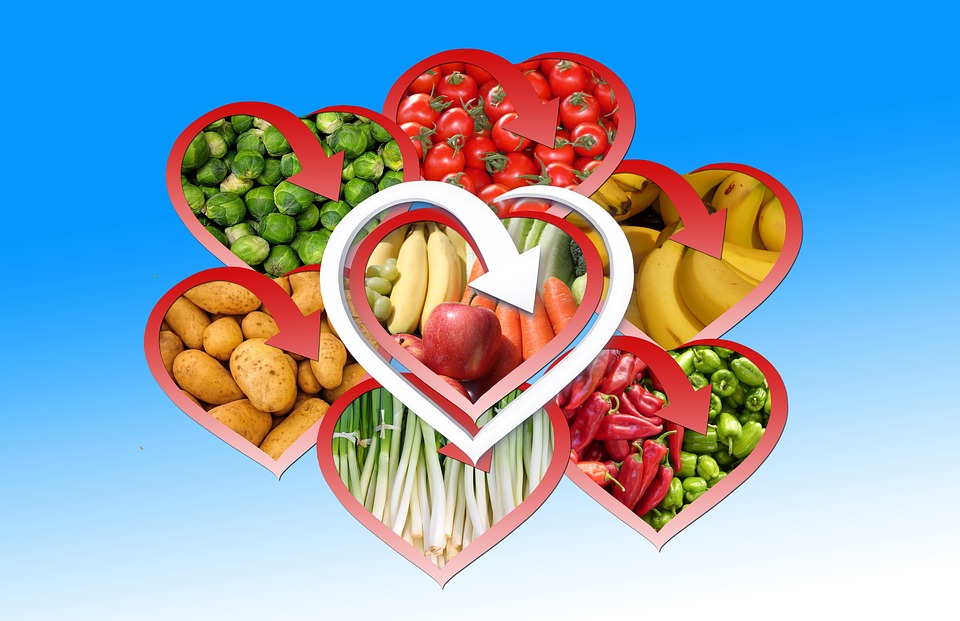Heart Healthy Foods for an Effective Cardiac Diet
As usual, let’s answer the obvious question first: what is a cardiac diet? It’s more than just a “heart healthy” diet. Simply stated, it’s a diet that promotes cardiovascular health as it impacts both your heart and vascular system (your network of veins, arteries and capillaries as well as the blood that flows through them).

Usually, people associate a cardiac diet with those who have had a previous cardiovascular incident which could range from diagnosed high blood pressure to arteriosclerosis to a heart attack and everything in between. However, a heart healthy diet plan can also prevent those incidents from ever occurring and will benefit all people, regardless of past health history.
A cardiac diet has a variety of cardiovascular benefits if strictly followed for an extended period of time (years to decades). Those benefits include weight loss, reduced blood pressure, cholesterol and triglyceride levels, reduced risk of a heart attack, stem the growth of arterial plaque, and reduced risk of arrhythmias. And all those things sound good to me.
Generally speaking, a heart healthy diet, like all diets, involves consuming specific types of foods while avoiding others. In broad terms, foods to be eaten on a regular basis include whole grains, fruits, vegetables, skinless poultry, oily fish, and those rich in fiber. Foods that contain excessive amounts of trans and saturated fats, sodium, sugar, and cholesterol are to be avoided. Let’s look at some specific examples of foods to be enjoyed and those to be avoided below.
- Fruits and veggies: As I’ve written many times, when it comes to fruits and veggies, eat a variety of colors to ensure you’re getting a variety of vitamins, minerals and antioxidants. It’s those antioxidants that provides fruits and vegetables with their rainbow of colors. Think bell peppers, greens, onions, broccoli, tomatoes, and berries. One last note: avoid starchy veggies such as potatoes and yams.

- Lean proteins and “oily” fish: In terms of a heart healthy diet plan, protein rich turkey and chicken, as well as fish rich in omega-3 fatty acids are essential. When you do consume chicken or turkey, ensure its baked or broiled, never fried, and avoid the cholesterol heavy skin. Oily fish that make the list include salmon, sardines, anchovies, herring and mackerel. While red meat does not need to be eliminated, its consumption should be reduced to no more than once per week. Other sources of omega-3 fatty acids include flaxseeds, walnuts, chia seeds and soybean and canola oils.
- Fiber is your friend. Foods rich in soluble fiber help lower your cholesterol, manage your blood sugar levels and improve your gastro-intestinal health. Here is just a partial list of foods loaded with soluble fiber: black and lima beans, lentils, oats, whole grains, peanuts, almonds, peas, apples, apricots, raisins, and cherries. Most of these make great heart healthy snacks.

- A few notes on trans and saturated fats, sugar, sodium and cholesterol. Just about every health professional recommends we consume no trans-fat, zero, nada, none. Watch out for foods that use the term “partially hydrogenated oils” like some peanut butters, packaged cookies, cakes, muffins and donuts as this is a trans-fat substitute. As for saturated fats, they should be reduced to no more than 5%-6% of your total calorie intake. For a 2,000 calorie diet, that no more than 100-120 calories from saturated fats. Sources include animal fat (think fatty steak or pork), poultry skin, butter and whole-milk products, to include cheese. The average American consumes 22 teaspoons of sugar per day. The American Heart Association recommends no more than 9 teaspoons (36 grams) for men and 6 teaspoons (24 grams) for women per day. Blood pressure raising sodium should be restricted to 1,500 mg per day or less and watch for hidden sources in soups, cereals, condiments and sauces. As for dietary cholesterol, no more than 300 mg should be consumed per day and that number gets reduced to 200 mg for those most at risk of heart disease.
Yes, when I read what I’ve just written, it looks like a lot of work to convert to a cardiac diet, but it’s really not. Heart healthy foods are readily available and once you become “woke” (a hip term that means “aware” as described to me by my 15-year old son), eating in a heart healthy manner become second nature.
You must be logged in to post a comment.